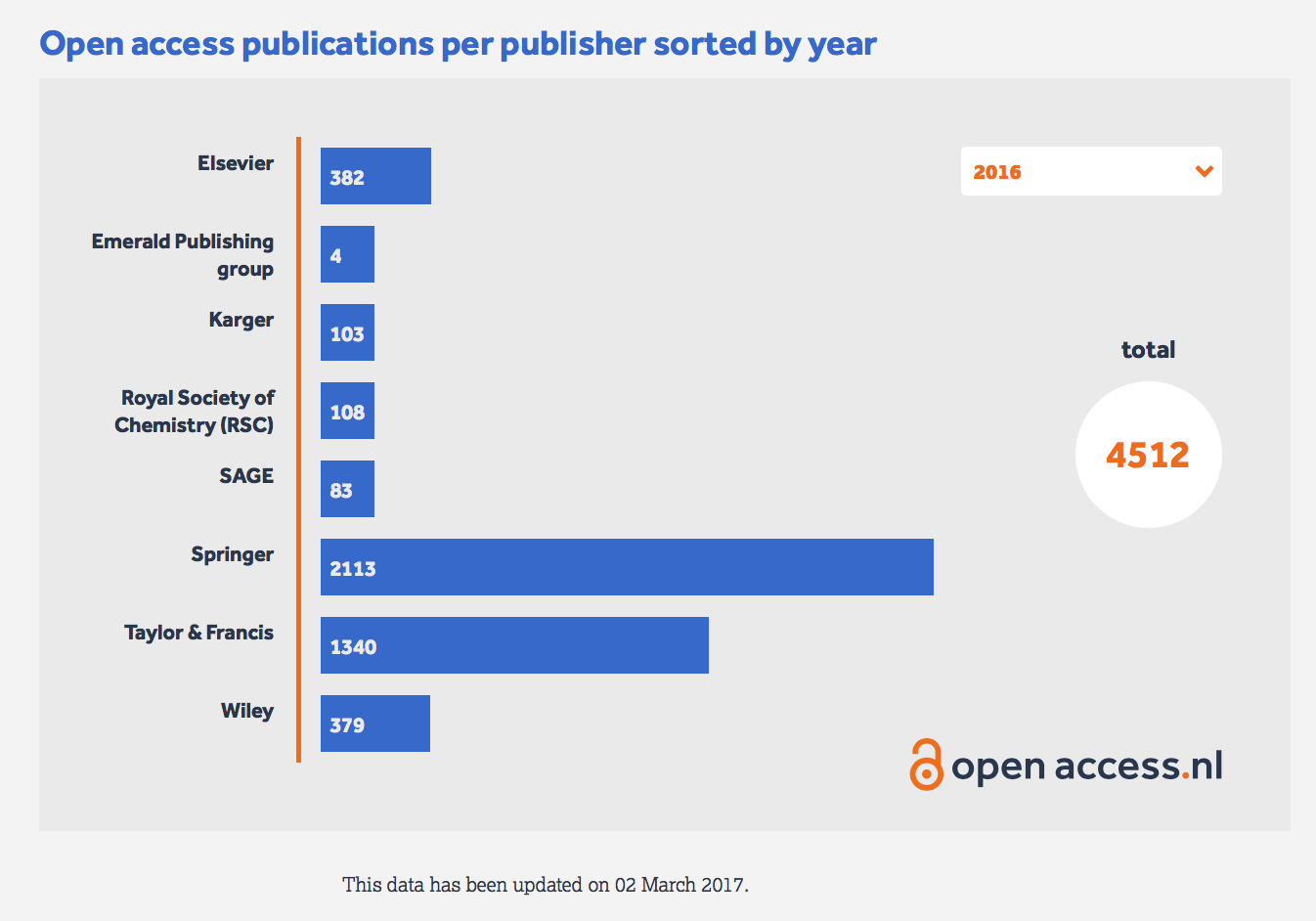From Science Guide I found out that, as more contracts of the Dutch Consortium with their publishers were made public by Leo Waaijers in 2016, the resistance put up by Elsevier and Springer to the exposure of their individual contracts raised a question mark about their real intentions, especially related to the Open Access policy.
Two weeks ago, due to the leak of Elsevier’s contract, the publisher came under scrutiny because of the terms of its three years Open Access pilot (2016-2018) that seems set up to fail.

Science Guide says that the deal shows restrictions imposed to the researchers, the raise of collective fees and the short range of publications from their portfolio where the researchers could publish Open Access – a rather “disheartening picture of the so called ‘Golden deal’ reached by the Dutch universities with their major publisher: Elsevier” [1].
Still, one has to look at a broader picture: the business case for these deals and the win-win situation for both universities and publishers.
The contracts’ descriptions are available – for anyone interested – on the openaccess website where, for every publisher, one can find listed the Terms & Conditions of their deal, links to the publishers’ websites with More information and, in four cases, details over their Workflow [2].
Of course, every publisher has its own approach, and behind the numbers in the figure below is that approach – the contract – and the workflow, whose quality results in the uptake of publications.

One is inclined to compare: take Springer and Elsevier, for example. The difference between them is explained by an uptake of 2113 OA publications, in Springer’s case, that comes from 1700 journals, with a throughput of 100% OA policy and a workflow wherein a submitted publication will be, by definition, set as an open access publication, unless the author asks specifically not to (a Dutch author affiliated to the Dutch consortium). An uptake of 382 publications at Elsevier comes from 276 journals with a throughput of 20% OA policy. Elsevier chose for an adapted release in three years time from 10% to 30% OA throughput. The workflow is in working progress, with feedback from both parties [3].
The bigger picture is that this deal is a trial through which both parties – the publishers and the universities – try to understand the impact, the benefits and the impediments of a change in the publishing business model. They are both part of the academic knowledge ecosystem. They have to adapt together to the dynamics of the knowledge transfer from our times and prepare for the future.
A glass can be half empty or half full – depends on how you want to look at it. It’s the same with this deal: it can be a disappointment for some or – for others – just the slow beginning of a solid Open Access future business model in academic publishing.
References
[1] Leaked Elsevier contract reveals pushback, Science Guide, http://www.scienceguide.nl/201703/leaked-elsevier-contract-reveals-pushback.aspx, accessed 31st of March 2017.
[2] Publisher deals, http://openaccess.nl/en/in-the-netherlands/publisher-deals, accessed on 11th of April 2017
[3] personal communication, Just de Leeuwe, Publishing advisor at TU Delft
